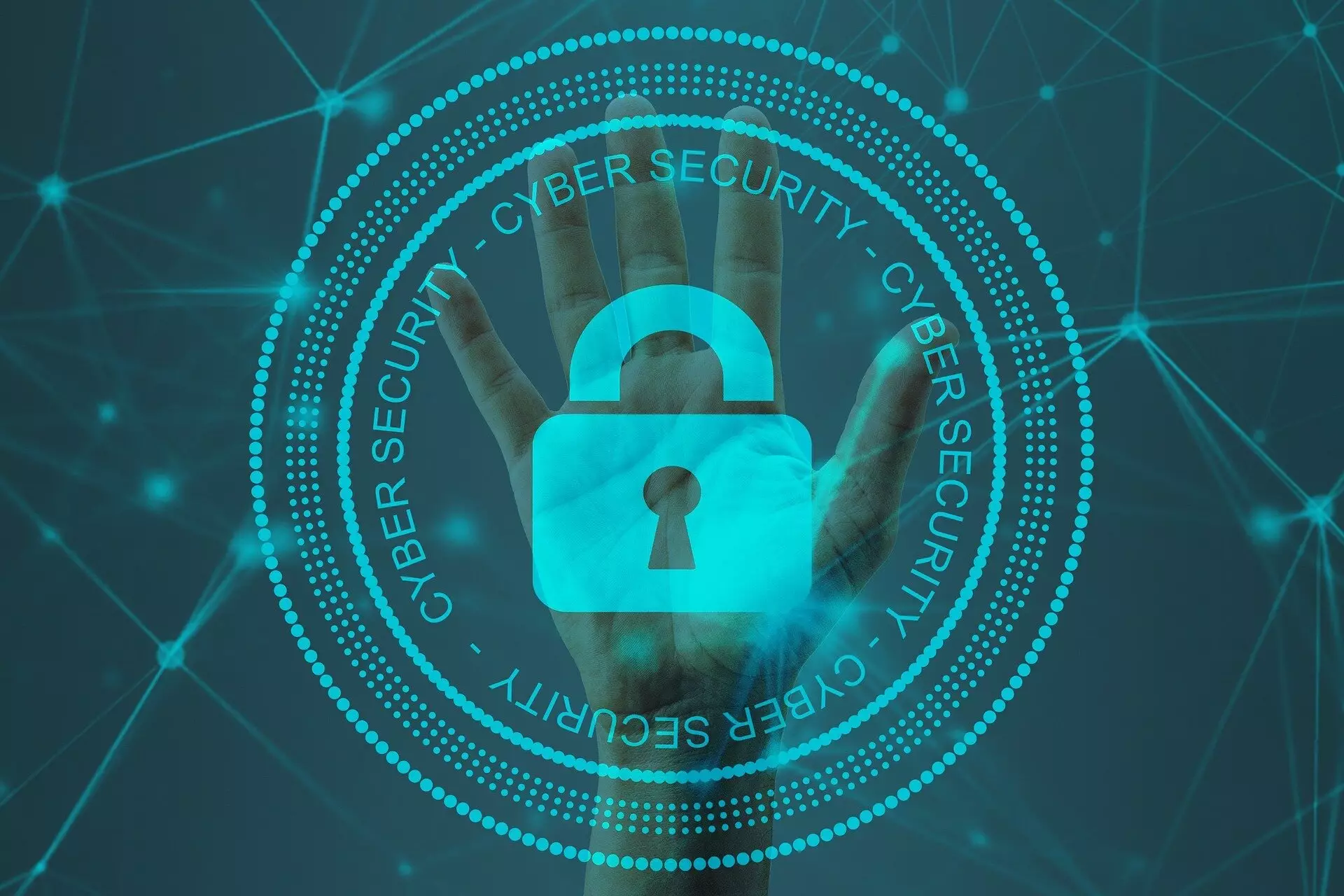In a world increasingly dependent on digital infrastructure, the recent mass cybersecurity incident linked to CrowdStrike has raised significant alarms within the tech and policy communities. The Association for Computing Machinery’s US Technology Policy Committee (USTPC) issued a statement emphasizing the likelihood of similar incidents occurring in the future, contributing to concerns about the fragility of global technological frameworks. Crowdsourced insights from various experts underline the systemic failures not only within technology itself but also in the regulatory mechanisms designed to protect these vital systems.
On July 18, 2024, CrowdStrike introduced a sensor configuration update that led to a catastrophic failure, impacting an estimated 8.5 million systems across critical infrastructures like healthcare, banking, and emergency services. Such a scale of disruption speaks volumes about the vulnerabilities within what many assumed to be well-guarded sectors. As Jody Westby, CEO of Global Cyber Risk LLC, articulated, the incident laid bare the weaknesses in both technical and legal infrastructures. Despite advancements in security technologies, deep-seated issues persist that warrant immediate attention.
The CrowdStrike event exemplified the inherent fragility of our interconnected technical ecosystems. While protecting systems with the latest technologies is crucial, it appears that reliance on these measures can lead to complacency. The pandemic has emphasized how reliant we are on technology, not just for functionality but also for safety. The repercussions of a single failure ripple through multiple domains, putting everyone at risk, particularly in sectors that are foundational to societal operations.
Moreover, the incident prompted a demand for improved international cooperation and coordination—a necessity starkly highlighted by the absence of a unified response among affected nations and organizations. Each entity seemed adrift without a comprehensive plan or support network, exacerbating the consequences of the outages and illustrating a critical gap in the regulatory framework that needs immediate rectification.
Carl Landwehr, a principal author of the USTPC Statement, pointed out that despite the unprecedented scale of the CrowdStrike incident, the underlying causes resonated with those seasoned in the technology field. The expectation of future incidents is grim yet realistic. This acknowledgement signals a fundamental need for a thorough public investigation into the mishap to discern what went wrong and how to fortify systems against similar threats.
The USTPC has proposed eight pivotal questions designed to guide this inquiry, including the testing procedures for software before deployment, the reasons behind the disparate impacts on systems running different operating systems, and the criterions for efficient system restarts. These inquiries are not merely academic; they are vital to formulating strategies to prevent future occurrences.
The USTPC advocates that the public investigation should be conducted by the US government’s Cyber Safety Review Board (CSRB), underscoring the potential benefits of an impartial review orchestrated by a non-partisan entity. Such reviews should inform policy formulation, focusing on establishing robust standards for automatic software updates, crisis communication, and system resilience.
As organizations brace for the next inevitable disruption, a strong emphasis must be placed on educational efforts within the tech community to foster an environment where proactive measures become standard practice. Collaboration across geographical and organizational boundaries will be essential to pool knowledge, share best practices, and develop coordinated incident response strategies.
In light of the CrowdStrike incident, it is abundantly clear that the technology landscape requires not only upgraded technical safeguards but also a foundational philosophical shift in how risks are perceived and managed. Cybersecurity can no longer be an afterthought; it must permeate every aspect of technological advancement and regulatory oversight. Moving forward, we must foster a culture of vigilance, preparation, and cooperation, ensuring our digital infrastructures are not only innovative but resilient against the multifaceted threats that lie ahead. The onus rests on technologists, policymakers, and operators alike to ensure that the lessons from this incident inform a stronger, more secure future.

